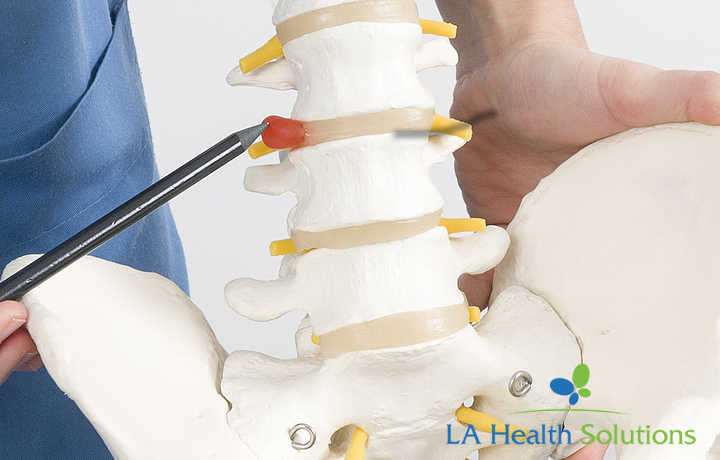What is a Discogram?
The disc, also known as the “shock absorber,” lies between each vertebrae of the spine. It is made of a central portion (nucleus pulposus) that is surrounded by layers of tissue (annulus fibrosis). These parts support the spine and allow movement between each vertebra. In a normal disc, there are nerves in the outermost layers of the annulus fibrosis. The layers of the annulus may tear during an injury. These tears may trigger a series of events, causing pain. A discogram is a diagnostic test that can help locate which disc is causing the pain.
Why Discography is Used
A Discogram, also called Discography, is a diagnostic test used to locate which disc(s) are causing pain. Because discography is an invasive procedure (it involves putting needles into the disc), it is not performed early in the diagnostic and treatment process.
Before The Procedure
You may need to stop taking certain medicines before the test, especially blood thinners. A discogram may or may not be an uncomfortable procedure, lasting between 30 to 40 minutes.
How Is It Performed?
While viewing an x-ray monitor, a needle is inserted through your skin into the disc. Once the needle is in place, a dye (contrast) is injected into the disc that shows up on the x-rays. The dye may spread outside the center of the disc, indicating that the disc annulus has tears. The results of a discogram may determine the exact cause of your back pain, confirm the need for surgery, and increase the likelihood of a positive outcome from surgery.
As each disc is injected, you may or may not experience pain. If your typical pain is reproduced, you will be asked to rate the intensity. The pain, location, and radiating symptoms, and most importantly, if the pain is like your everyday pain you experience. The pain provoked by the injection should be temporary.
After the procedure, you will be observed for 30 minutes or more. It is advisable that you have someone drive you home. In some cases, pain from the injection can persist for a few hours, but most commonly will reduce before you leave the clinic.
Potential Complications
Any adverse reaction to this procedure is rare. There is a small chance of introducing infection. We take every precaution to avoid this. Sometimes the pain can worsen due to the procedure. Usually the pain settles down to your original pain within 3-4 days following the procedure.
What Happens After The Discogram?
Results of the discogram are compared other tests and physical examination to better determine the cause of your pain. Be sure to drink plenty of water. You should take it easy for 24 hours following the test. Some people experience headache after the test – don’t take aspirin – take ibuprofen or Tylenol for relief.

